Common Needle Insertion Techniques in Clinical Practice
The needle insertion technique refers to the various methods employed by practitioners to insert needles subcutaneously into acupuncture points. The commonly used needle insertion techniques are as follows:
1. Single-Hand Needle Insertion Technique – Primarily used for shorter needles.
(1) Insertion Method: The practitioner holds the needle with the thumb and index finger of the right hand, with the middle finger positioned close to the acupuncture point, pressing against the middle of the needle body. As the thumb and index finger apply downward force, the middle finger bends, allowing the needle to penetrate the skin at the acupuncture point.

(2) Twisting Method: This method involves applying a slight twisting motion with the fingers when the needle tip is in contact with the skin at the acupuncture point, allowing the needle tip to penetrate the skin.
2. Two-Hand Needle Insertion Technique
(1) Finger Cutting Insertion Method: Also known as the claw-cutting insertion method, this technique involves using the fingernail of the thumb or index finger to press down on the skin at the acupuncture point while the other hand holds the needle. The needle tip is positioned close to the edge of the pressing fingernail, and the needle is quickly inserted. This method is suitable for short needles and can also be used for acupuncture points located near important organs.
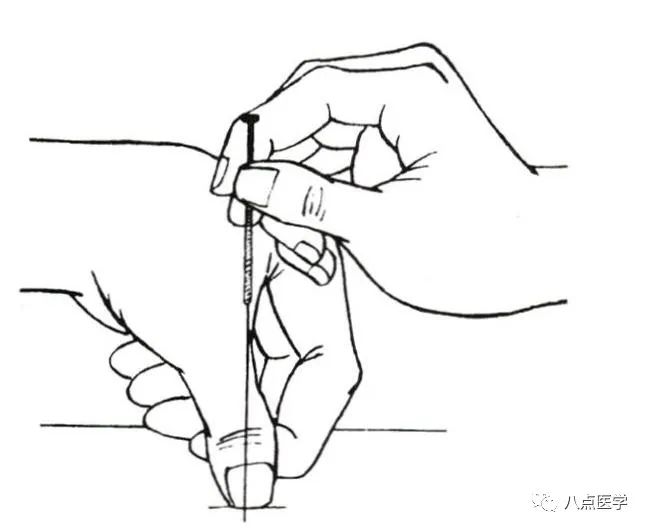
(2) Clamping Insertion Method: The practitioner uses the thumb and index finger to hold a disinfected cotton ball wrapped around the lower end of the needle, exposing the needle tip to contact the acupuncture point. The hand holding the needle then applies force to insert the needle. This method is suitable for longer needles.
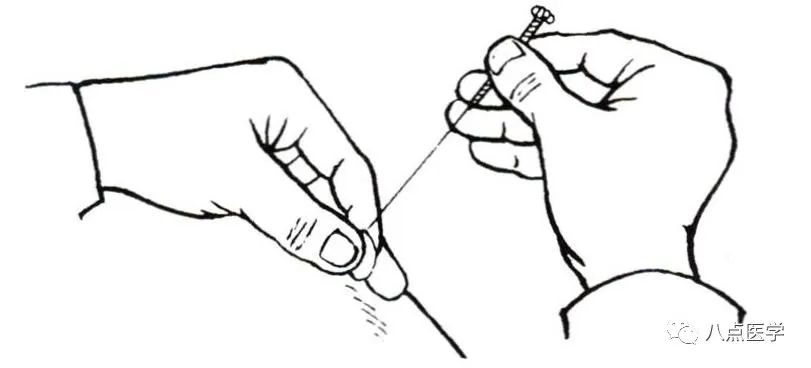
(3) Stretching Insertion Method: The practitioner uses the index and middle fingers or the thumb and index fingers to stretch and tighten the skin at the acupuncture point, while the hand holding the needle inserts the needle between the fingers. This method is mainly used for acupuncture points located on loose skin.
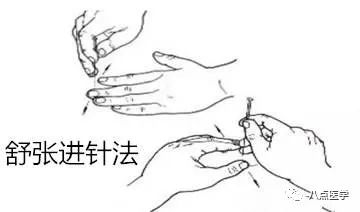
(4) Pinching Insertion Method: The practitioner pinches the skin on both sides of the acupuncture point with the thumb and index fingers, inserting the needle from the upper end of the pinched area. This method is mainly used for acupuncture points located on thin skin.
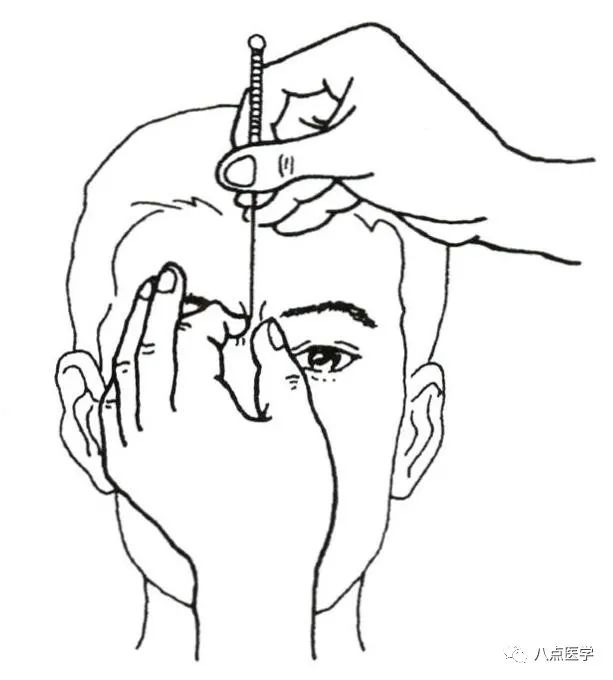
3. Tube Needle Insertion Method
This method involves inserting the needle into a small tube made of glass, plastic, or metal that is approximately 7.5mm (3/10 inch) shorter than the needle. The tube is pressed against the skin at the acupuncture point; the practitioner then strikes the needle handle with the index finger to quickly insert the needle tip into the skin. Afterward, the tube is removed, and the needle is inserted into the point. This method is often used for children and patients who are afraid of needles.
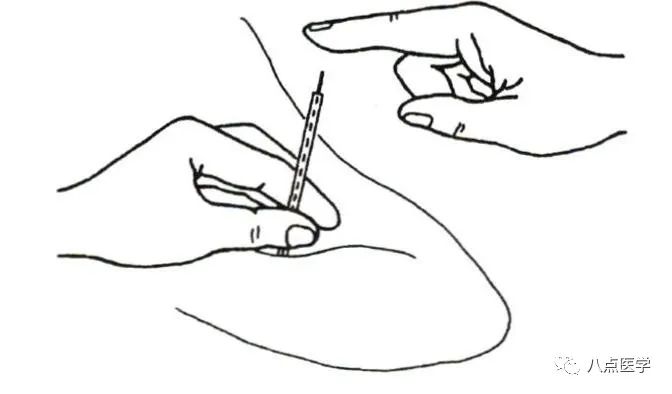
All of the above needle insertion methods should be flexibly selected based on the anatomical characteristics of the acupuncture point, the required depth of insertion, the technique requirements, and the length of the needle, in order to facilitate insertion, achieve effective qi (energy) flow, and minimize discomfort.

